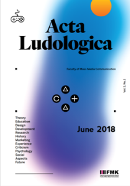
THE “FATHER” OF THE NINTENDO ENTERTAINMENT SYSTEM IN SLOVAKIA FOR THE FIRST TIME
Interview with Masayuki UEMURA by Zdenko Mago
More...We kindly inform you that, as long as the subject affiliation of our 300.000+ articles is in progress, you might get unsufficient or no results on your third level or second level search. In this case, please broaden your search criteria.

Interview with Masayuki UEMURA by Zdenko Mago
More...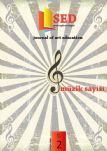
The vibrato technique was regarded less important and preferred less in the 16th, 17th and 18th centuries. Despite this, it developed significantly in the 19th century and it was used by performers and pedagogues. Therefore, composers in the 19th century reflected this technique in their works. Vibrators with different uses due to musical instruments in every century are used differently at works and methods. In this survey, the purpose is to create awareness for performers, teachers and students by examining uses, explanations, classifications of vibrato at works and methods of pedagogues and composers in the 19th century.
More...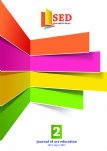
This research was carried out with the aim of examining the scientific / technical illustrations in the textbook of "Science and Technology" textbook of elementary school second level seventh grade in terms of graphic design; It has been tried to determine the appropriateness of the scientific / technical illustrations which are randomly selected from the "Science and Technology" textbook of the primary education second grade seventh grade, which was approved and published by the Ministry of National Education Ministry of Education approved and published in the 2011-2012 academic year. As regards the development of illustrations within the framework of certain standards as a result of handover findings within the scope of evaluation; to write the books of the students and to understand the developmental characteristics of the learners from all sides, to understand the level of the students at that age level and to understand them very well, to analyze what kind of visuals they will draw attention to and to give the messages they want to give using simple, fluent language, it is necessary to narrate with a natural narrative and drawings.
More...
Taking into account the fact that such a complexity as the existence and continuity of „stećci“ is difficult to be analysed in a large spatial and temporal frame, it has been suggested that a multidisciplinary international scientific institution be formed with a single documentary archive. The city of Mostar has been suggested as the center of this scientific centre, which carries regional as well as global benefits. The necessity of the interdisciplinary research of „stećci” has been emphasised in a short review on some of the contemporary scientific research interests. Furthermore, the inevitable process of the protection of the cultural heritage and documents with an accent on the photography has been pointed out too. With quite a number of details, the importance of archaeology has been accentuated on some examples, as well as the importance of the history of art and iconography as disciplines that are the basis for the scientific research of „stećci“. The connection and the modernity of the scientific research of „stećci“ has been clearly outlined in a framework of the European medieval issues, which additionally justifies the suggestion.
More...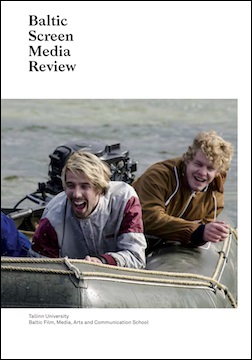
Initially produced in 1968 as a three-part TV miniseries, and restored and re-edited in 2008 as a feature-length film, Dark Windows (Pimedad aknad, Tõnis Kask, Estonia) explores interpersonal relations and everyday life in September 1944, during the last days of Estonia’s occupation by Nazi Germany. The story focuses on two young women and the struggles they face in making moral choices and falling in love with righteous men. The one who slips up and falls in love with a Nazi is condemned and made to feel responsible for the national decay. This article explores how the category of gender becomes a marker in the way the film reconstructs and reconstitutes the images of ‘us’ and ‘them’. The article also discusses the re-appropriation process and analyses how re-editing relates to remembering of not only the filmmaking process and the wartime occupation, but also the Estonian women and how the ones who ‘slipped up’ are later reintegrated into the national narrative. Ultimately, the article seeks to understand how this film from the Soviet era is remembered as it becomes a part of Estonian national filmography.
More...
The article argues that Wojtek Smarzowski’s film Rose (Róża, Poland, 2011) undermines the dominant bigendered logic of screen death and suffering in the Polish films depicting the experience of World War II. In these films, there is a significant absence of images of female suffering and death, which is striking when compared to the abundant images of wounded and dying male bodies, usually represented as a lavish visual spectacle. This unrepresented female death serves as a ‘structuring absence’ that governs the systematic signifying practices of Polish cinema. Most importantly, it expels the female experience of World War II from the realm of history to the realm of the mythical. This representational regime has been established in the Polish national cinema during the 1950s, especially in Andrzej Wajda’s films, and is still proving its longevity. As the author argues, Smarzowski’s Rose is perhaps the most significant attempt to undermine this gendered cinematic discourse. Specifically, the essay explores the ways in which Smarzowski’s Rose departs from previous dominant modes of representation of the World War II experience in Polish cinema, especially its gendered aspect. Firstly, it examines how Rose abandons the generic conventions of both war film and historical drama and instead, utilises selected conventions of melodrama to open up the textual space in which to represent the female experience of historical events. Then the author looks more closely at this experience and discusses the film’s representation of the suffering female body to argue that it subverts the national narrative of the war experience that privileges male suffering. A close analysis of the relationship between sound and image in the scenes of bodily violence reveals how the film reclaims the female body from the abstract domain of national allegory and returns it to the realm of individual embodied experience. The article concludes that Rose presents the female body as resisting the singular ideological inscription, and instead, portrays it as simultaneously submitting to and resisting the gendered violence of war.
More...
This article is devoted to the theme of women and war in the films of Jānis Streičs, possibly the most influential Latvian film director. In the course of his career, which spanned nearly 50 years, Streičs made films that were popular in Latvia, as well as throughout the Soviet Union. He is one of the few Latvian film directors who managed to continue a comparatively stable career in the newly reindependent Republic of Latvia. Streičs skilfully used the canonised means of expression of classical cinema and superficially fulfilled the demands of socialist realism to provide appealing and life-asserting narratives for the audiences. Being a full-time film director at Riga Film Studio, and gradually becoming a master of the studio system, Jānis Streičs managed to subordinate the system to his own needs, outgrowing it and becoming an auteur with an idiosyncratic style and consistently developed topics. The most expressive elements of his visual style can be found in his war films, which are presented as women’s reflections on war. In this article, Streičs’ oeuvre in its entirety provides the background for an analysis of two of his innovative war films. Meetings on the Milky Way (Tikšanās uz Piena ceļa, Latvia, 1985) rejects the classical narrative structure, instead offering fragmentary war episodes that were united by two elements – the road and women. In Carmen Horrendum (Latvia, 1989) Streičs uses an even more complicated structure that combines reality, visions and dreams. After watching this film, the only conclusion we can come to with certainty is that war does not have a woman’s face and, in general, war has no traces of humanity. The aim of this article is to demonstrate how World War II, a theme stringently controlled by Soviet ideology, provided the impetus for a search for an innovative film language.
More...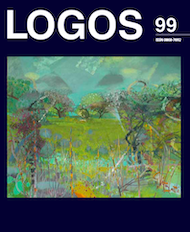
In the context of digital culture, „Vaporwave“ stands out as the first large cultural phenomenon to originate and exist exclusively on the Internet. Its novelty, virtual state and complex semantics impede it from being placed under clear conceptual frameworks. This article aims to come up with a theoretical conception of „Vaporwave“ by elaborating and summarizing existing research. Ultimately the article concludes that „Vaporwave“ is an aesthetical cognitive map proliferating because of a multitude of internet enthusiasts who practice creation and consumption within digital spaces. The crowd involved in content generation is articulating individual insights through „Vaporwave“ aesthetics. Finally, this renders „Vaporware“ as a collection of texts coding the realities of the postmodern consumer where commodified memory and distrust towards promises of capitalism are its central topics.
More...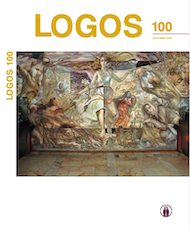
The article analyses the works of Antanas Kmieliauskas (1932–2019), one of the most universal representatives of contemporary Lithuanian religious art. At the beginning it briefly discusses the origins of artist’s creativity, the circle of his closest friends (including poet Justinas Mikutis) through which new tendencies of modernization and return to national ideals emerged in Lithuanian art. The article mainly focuses on the artist’s monumental murals and sculptures; discusses in details their compositional peculiarities, the solutions of plastic and other formalistic problems; regards Kmieliauskas as one of the most versatile Lithuanian artist of the second part of 20th century and the beginning of the 21st century, whose creativity evolved within the frameworks of neoclassical secular and religious aesthetics.
More...
This paper deals with interactions of the history of art, visual culture and fashion design. It demonstrates in which ways the imaginary museum of visual arts is typically used by the fashion industry and designers. Finally, it reveals the artistic and aesthetic strategies used by Lithuanian fashion designers. This research is based on Bourdieusian sociological theory of cultural fields and Gilles Lipovetsky’s and Jean’s Serroy’s conception of artistic capitalism and hyper-visuality. Aesthetism, visuality, artisticism, and visibility are relevant features of postmodern capitalistic system and contemporary visual culture. These characteristics become a form of material and non-material capital and relevant strategic competitive advantage in the economic field and the market. All spheres of contemporary social, economic, political, cultural, artistic or intellectual life are subordinated to the regime of hyper-visuality. In hypermodern system aesthetical, visual and emotional qualities are used to enlarge profit and consumption markets. This system might be defined according to Lipovetsky and Serroy, as artistic capitalism or creative trans-aesthetism. Principles of aesthetics dominate in capitalist production: products of everyday consumption include such qualities as visuality, style, attraction, emotionality – sensual, visual qualities are very important. So, artistic capitalism is the economic system that functions as a perpetual aesthetisation system of consumption markets, objects, products and everyday environment. Aesthetic capitalism transforms social structure and the way of life. The phenomenon of fashion is continually transgressing sphere of clothing. Hyper-fashion as a common process penetrates all fields of social life, dominates and transforms hierarchy and structure of cultural objects, products, and images. Contemporary fashion design is a complex of cultural practices, a form of visual and material culture that becomes an important part of the creative and cultural industries.
More...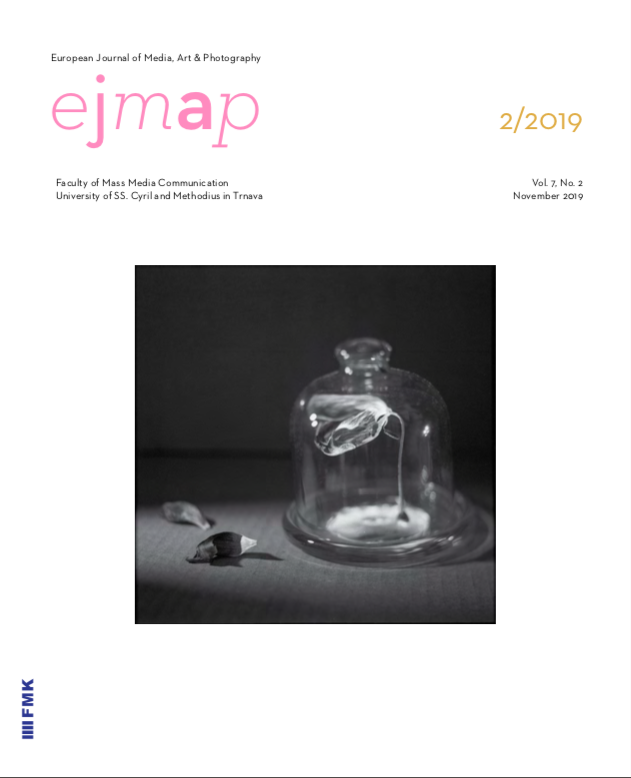
This text is primarily concerned with woman’s presence in some of the poetic texts written by the eminent Serbian author Dragan Jovanović Danilov. The very poems chosen here, we consider part of the heritage that proves that men can succeed in ‘digesting’ female nature. This text is profoundly grateful to the poet’s words for not confining women to the figures of the virgin heroine, the mother, the wife, the prostitute, the mistress, the spinster or the redundant middle-aged mother.
More...
The study focuses on the re-enactment of the acting interpretation of the role of Hamlet based on the eponymous tragedy of William Shakespeare, as rendered by Vladimir Semyonovich Vysotsky (1938 – 1940), Russian actor, poet, and performer of his own songs, staged by the Moscow Theatre of Drama and Comedy on Taganka Square. The role is portrayed as what the history of the theatre reckons to be an extraordinary inherent linkage between the actor-poet and his role to which he was transfigured in his perception of society, even off stage. The study reflects on this merging in the light of the artist’s personal relationship with his role, through his own quest for Shakespeare’s interpretation in collaboration with the director, down to the final stage form of the production and its period meaning in artistic and historical-social contexts. The study provides an overview of numerous testimonies of the then critics and of the opinions of theatre scientists and theoreticians reflecting on Vysotsky’s acting. It highlights innovative trends in acting and directorial approach which tied into the traditions of the 20th century Russian school of acting while modernising them with their own artistic methods. They have affected the generations of other performers of Hamlet who, through theatre art, have reflected the transformations of Western culture for over four centuries.
More...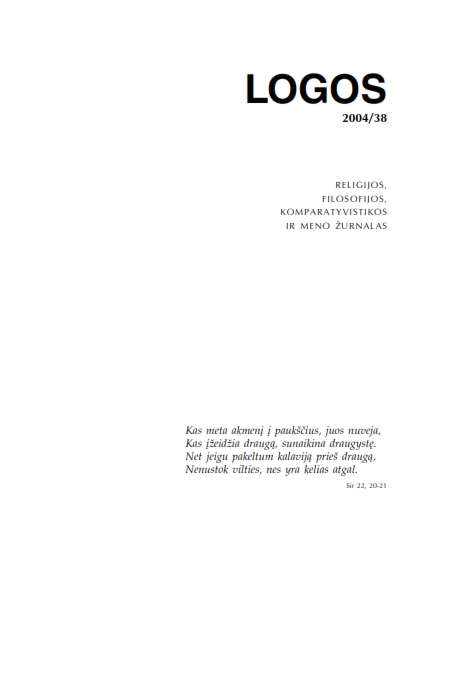
The concept of expressionism is a category of broad semantic field in Lithuanian art studies. It denominates aesthetic values, as well as the type of cultural identity and social attitude in analyzing the art of the Soviet period. This article presents theories reflecting expressionism in art, framed in Western theoretical discourse. One of the most important and still vital analytical traditions is based on the notion of expressionism as a phenomenon pertaining to the influence of romantic culture, when the mode of romantic feeling is considered as the basic principle orienting the organization of expressionistic poetics. The representatives of Marxist aesthetics reflect on the social efficiency of expressionism as artistic practice and its relation to ideology; while contemporary theorists, influenced by structural linguistics and poststructuralism, underscore the meaning of expressionism as a specific language in representing certain ideologies. Current theories open up new possibilities to contextualize the expressionistic discourse and to analyze its meanings.
More...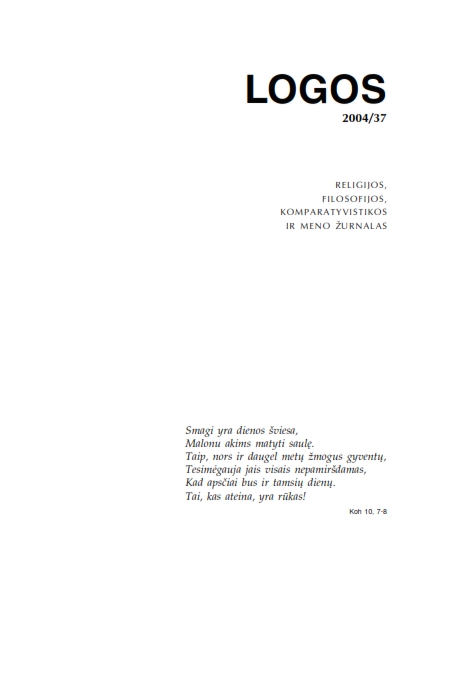
The author analyses the various peculiarities of the artist’s social status in medieval society. He claims that medieval craftsmanship was fertile soil for cultivating anonymous artistic talents and for the flourishing of the arts. The history of art shows the creative nature and the extraordinary skills of medieval artisans. The field of their axiological orientations embraced both perennial Church values and everchanging lay values. The thesis concerning the narrow-mindedness of the medieval artist is nothing other than the result of an unprofessional historical and culturological approach to the subject matter.
More...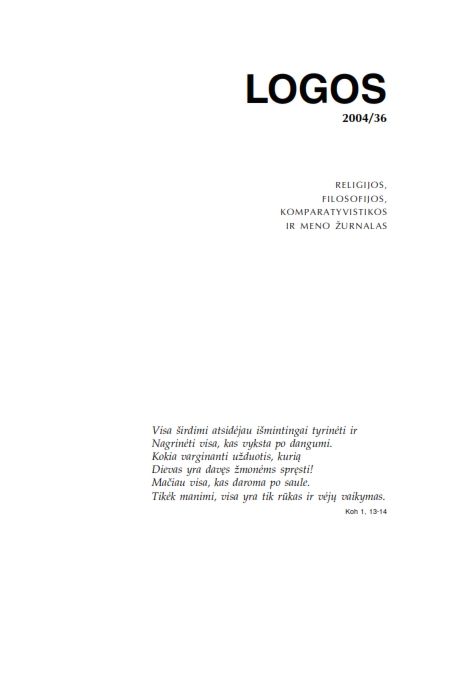
This paper deals with the changing role and place of visual art in present-day cyberculture. Several opinions of culture and art researchers (David Bell, Paul Virilio, Ryszard W. Kluszczynski, Pierre Levy, Norbert Bolz, Walter Benjamin and Jean Baudrillard) concerning cyberculture, electronic media art and digital aesthetics are presented, in order to propose an approach which is the most suitable for the description of the recent transformations in art. Though in this country the process of IT adaptation to the art sector is quite slow, the interest of young artists in new media, especially the net and multimedia, is increasing. Every year new non-governmental organisations appear dealing with contemporary art. Galleries and art centres in the main towns are becoming open to innovative projects and festivals. Step by step, art is becoming a part of cyberculture by obtaining new functions and adopting new aesthetics.
More...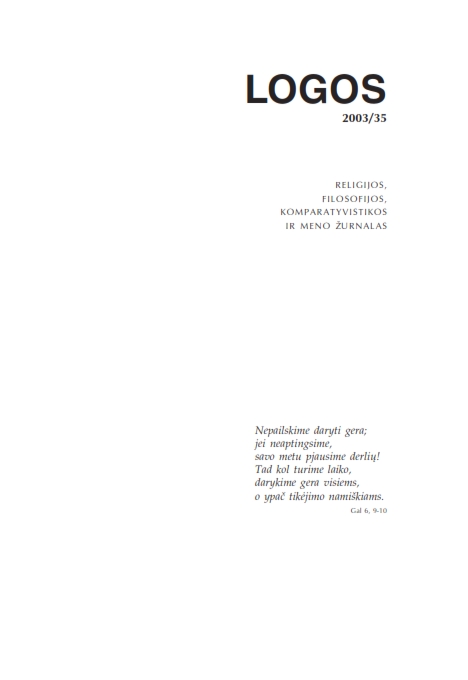
This paper deals with the changing role and place of visual art in present-day cyberculture. Several opinions of culture and art researchers (David Bell, Paul Virilio, Ryszard W. Kluszczynski, Pierre Levy, Norbert Bolz, Walter Benjamin and Jean Baudrillard) concerning cyberculture, electronic media art and digital aesthetics are presented, in order to propose an approach which is the most suitable for the description of the recent transformations in art. Though in this country the process of IT adaptation to the art sector is quite slow, the interest of young artists in new media, especially the net and multimedia, is increasing. Every year new non-governmental organisations appear dealing with contemporary art. Galleries and art centres in the main towns are becoming open to innovative projects and festivals. Step by step, art is becoming a part of cyberculture by obtaining new functions and adopting new aesthetics.
More...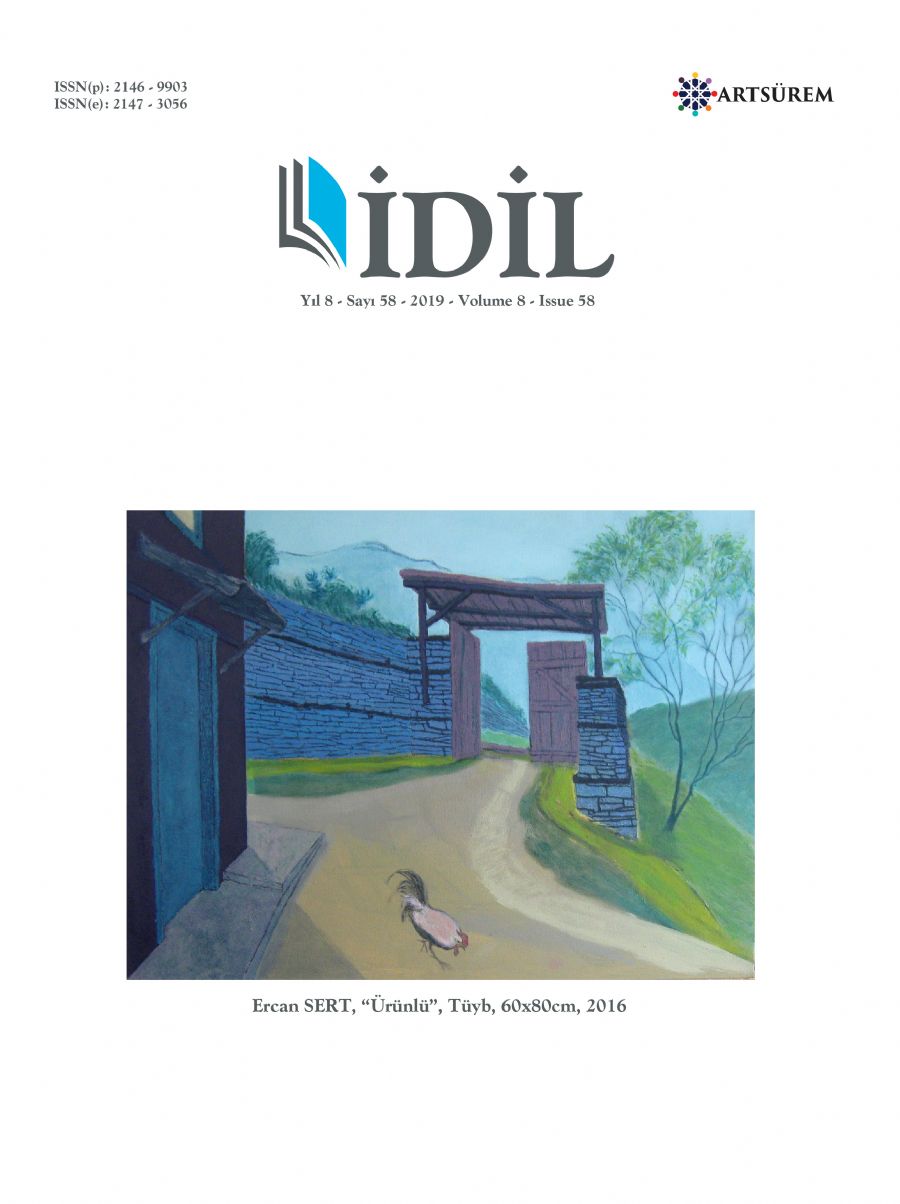
The Ottoman Empire, which ruled over a wide geography for centuries, had many civilizations within it. As a result of the wars in different countries, the political, military and cultural interactions have become inevitable, and music has taken part in these cultural interactions. In this study, the effects of the Westernization movements in the music starting from the Ottoman Empire with the historical analysis method were discussed. Turkish music was forbidden after the speeches made in Following the speeches which were made in 1926 at the Sarayburnu Casino, Turkish music was marginalized, and Turkish music was broadcasted on radio in 1934-1936. Ottoman music was called reactionary by the official ideology of the Republican period and some broadcasting institutions of that period. At the peak of the alaturka-alafranga debate in the country, Ziya Gökalp's idea that folk music is the folk song in the villages of Anatolia in the national culture, and the idea that these folk melodies can be processed with Western techniques has become a dominant ideology. Despite all these prohibitions, there action of the lower levels of society was to internalize Turkish music in contrast to the expectations. The practices in this context were abandoned and the ban on Turkish music was abolished in 1936.
More...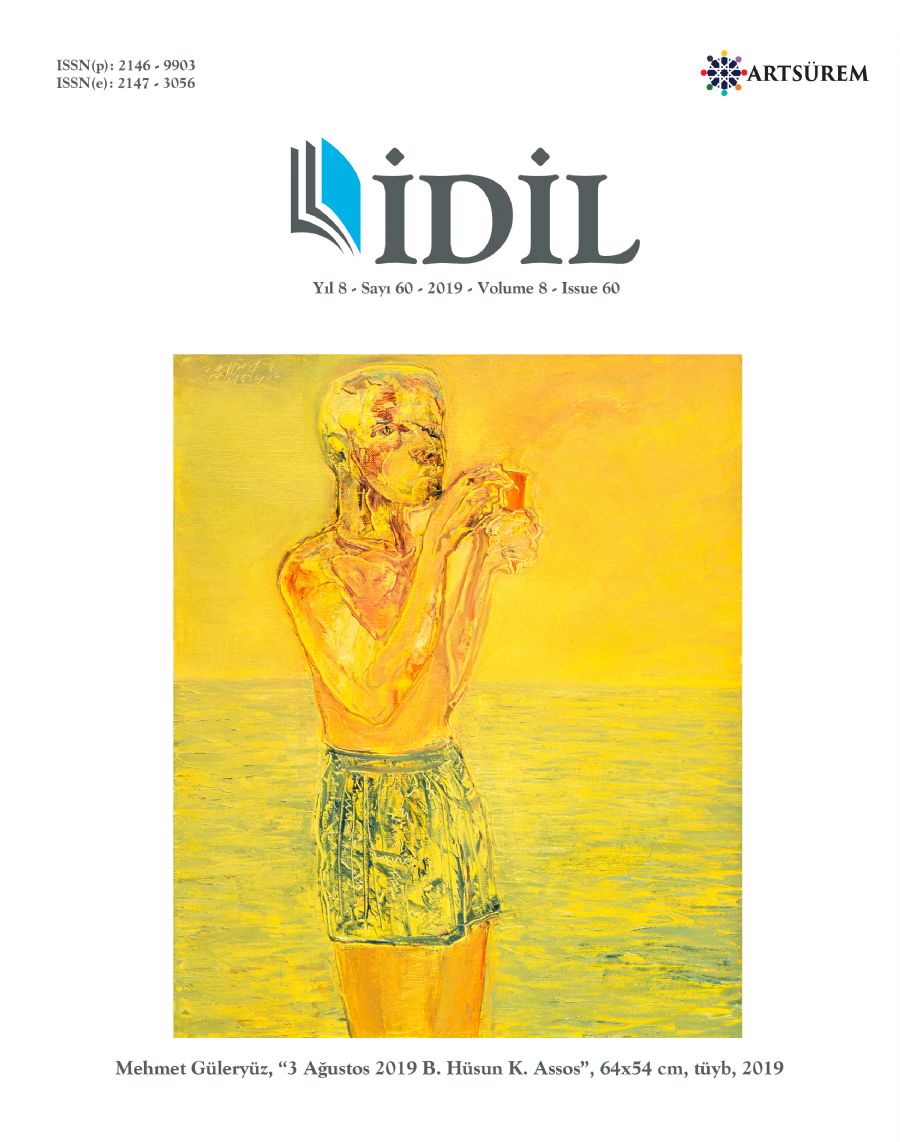
Postmodernism as a concept in art refers to artistic production category which was created after 1970. The refusal of the aesthetic and ideals which were aimed by the “Modern Art” before was the most prominent feature. As in all definitions of Postmodernism, Postmodernist Art is described as opposition to Modern Art. An important principle of Modern Art is the refusal of rejection of everything traditional and is based on an approach where features that don’t change according to place and time are centered. One of the rejected points of Modern Art by Postmodern Art is the idea that “art” is separated and glorified from the popular one. Postmodernism after this opposing overlapping with a number of new developments led to artistic experience which almost lasted half a century with new art forms such as deconstruction, computer-based artistic productions, new media and conceptual art. Postmodernist artists by using these new forms and expanding the meaning of the definition of practice and art brought almost to the point that “everything goes”. Postmodern Art in today’s world is a part of a trend which introduces many new concepts, behaviors with wider technological, political and social change. The full effect of internet on provision and distribution of artistic image and the creation of applied art and design has not yet felt. However, the transformation in the music industry in present is the harbinger of the change in the field of plastic arts and its customary acceptances and built in values. This approach expressed as “reassessment of all values” continues to exist with reflections in Art, intertwined ongoing modern habits and contradictions. In this study “the postmodern status” of plastic arts with related arguments and the definition of postmodern as the opposition to the available concepts and diversity and multidimensional of art is being examined.
More...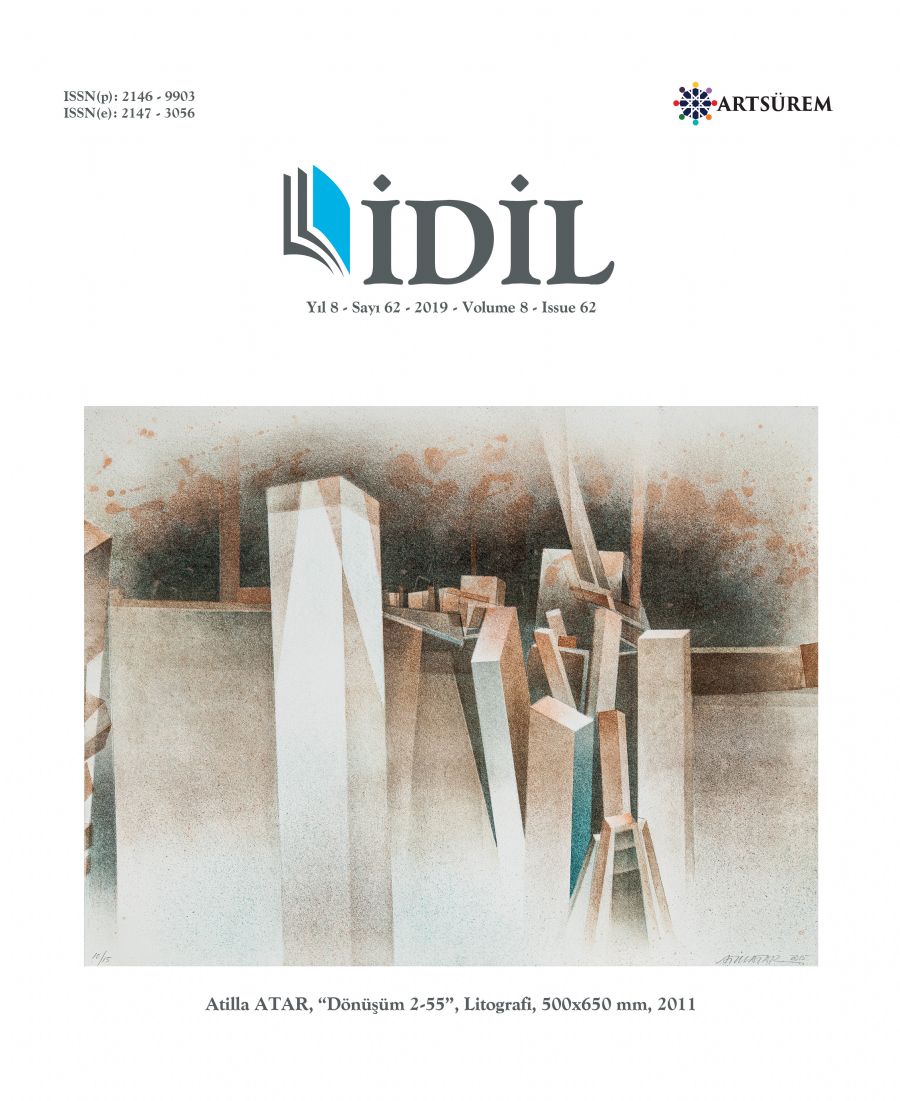
In this study, the symbolic reflections of mythological elements in today's fashion designs, their applications as colors, patterns and silhouettes and the meanings they represent are examined by associating them with clothing and accessory visuals.This research is limited to the symbolic effects of Greek mythology on fashion designs due to the richness of mythological visual elements, their universal meanings, and the frequent use by many fashion brands in both logo and designs.In the introduction part of the study, the relationship between the concepts of symbol, mythology and fashion design was evaluated and the effects of mythology on social structure and the semiotics in art were revealed.In the second part of the study, the importance of the symbolic language of fashion in the history and how use the major fashion brands this symbolic language was presented.In the final part of the study, the Greek mythological elements used in the fashion design collections were examined since the beginning of the 20th century, and their symbolic meanings and their reflections on clothes and accessories as design elements were presented.
More...
Art is a way of expression the emotions and thoughtsby different ways in the narrow meaning. Every terms there has been self art types that reflects that term. Under the world changing conditions aktrists needed to make self inquiry and modern arts are occurend. At 19. century Europe was the beginning of the process. Turkeys way for modernizm has been to benefit from Europe foremost on military and then fields like economy and art. Music has been the most important field for modernizm of the societies. Regarding that Turkey sent studiens to abroad, these student contributed to modern Turkish musics occuring when they return to homeland. Foremost the music field, these improvements at the art has been effective to introduce new Turkey and shaping futures Turkey also. On this study the scope of activites for improving modern Turkish music in the early years of the Republic of Turkey related studies are spesificed and in this context the effects of these practises on modern Turkish musics improving is investigated via role model.
More...